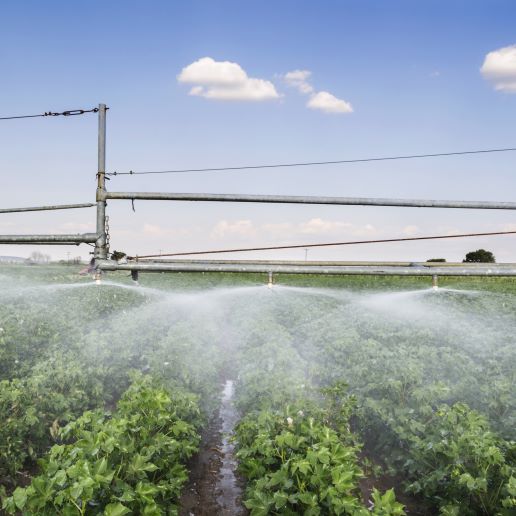Conventional cotton, meaning non-organic or regenerative, represents 99.3% of cotton grown globally is often criticized for its environmental impact. Several factors contribute to the environmental concerns associated with conventional cotton farming:
- Pesticide Use:
- Conventional cotton farming relies heavily on synthetic pesticides and insecticides. Cotton crops are susceptible to various pests, and the use of chemical pesticides can lead to soil and water contamination.
- Pesticides used in cotton farming can harm non-target organisms, including beneficial insects, birds, and aquatic life.
- Herbicide Use:
- Herbicides are often used in conventional cotton farming to control weeds. These herbicides can contribute to soil degradation and water pollution.
- Water Consumption:
- Cotton is a water-intensive crop. Conventional cotton farming often involves irrigation practices that can lead to excessive water consumption, especially in regions where water is scarce.
- Soil Degradation:
- Continuous cotton cultivation without proper crop rotation or sustainable farming practices can lead to soil degradation. The use of synthetic fertilizers can also contribute to soil nutrient imbalances.
- Genetically Modified Organisms (GMOs):
- Many conventional cotton varieties are genetically modified to resist pests or tolerate specific herbicides. The use of genetically modified organisms (GMOs) raises concerns about the long-term environmental impact, biodiversity, and potential unintended consequences.
- Social and Health Issues:
- Conventional cotton farming can have social and health implications for farmers and communities. Exposure to pesticides and other chemicals can pose risks to the health of agricultural workers, and the use of certain substances is proven to have long-term environmental and health effects.
For those reasons, conventional cotton does not belong to SANE Approved material.
In contrast, organic and regenerative cotton farming seeks to address some of these issues by avoiding synthetic pesticides and fertilizers, promoting crop rotation, and using more sustainable agricultural practices. Additionally, the use of alternative cotton varieties, such as those that are rain-fed and drought-resistant, can help mitigate water-related concerns associated with conventional cotton farming. Overall, the environmental impact of cotton depends on the specific farming practices employed.
Organic and regenerative cotton belong to SANE Approved material.
Source: SustainYourStyle
